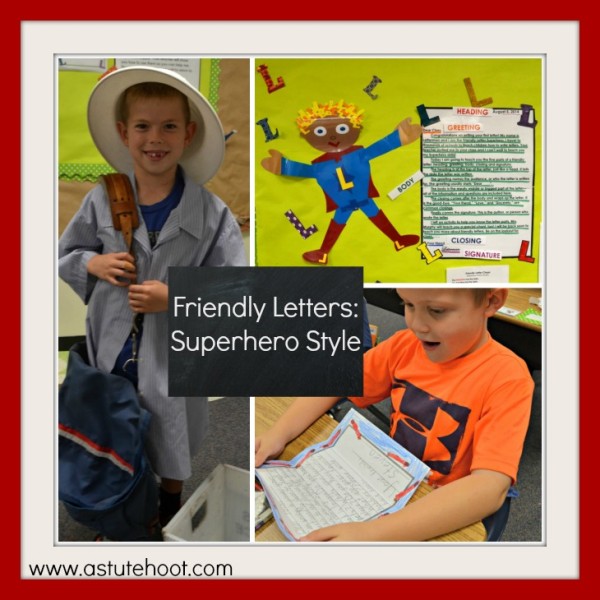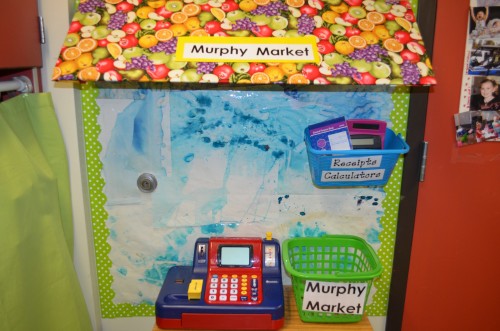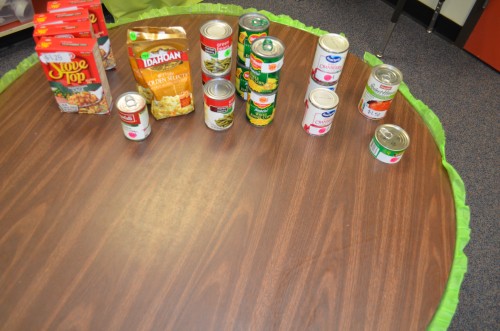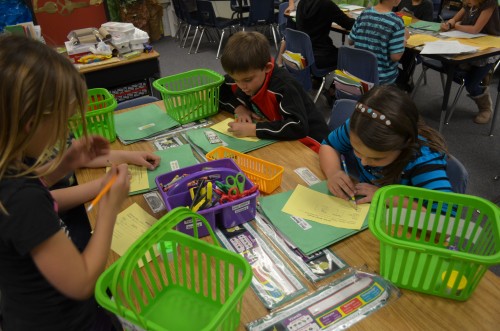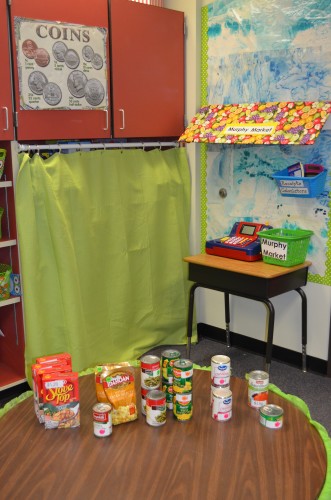Friendly Letters: Superhero Style
Children love superheroes so what better way to engage them in writing than with Letterman?
During my second-grade friendly letter study, Letterman, our Friendly Letter Superhero, visits the classroom each day to teach a specific friendly letter skill. He leaves colorful L’s on the classroom door to signal his visits. My students are true believers! They are so excited to see L’s on the door in the morning; they race over to the Learning Nest to read his latest letter.
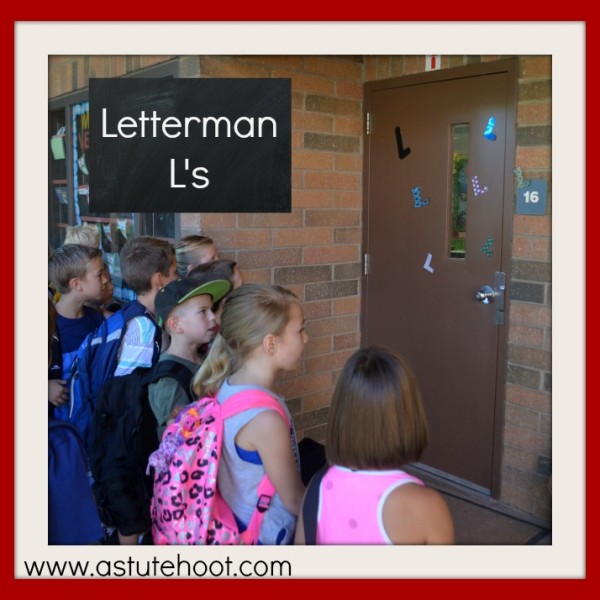
Letterman first introduces himself and asks students to write a letter to him, a perfect pre-assessment. The next day, he teaches the parts of a friendly letter with a color-coded letter and special chant. During subsequent lessons, he teaches students how to plan, draft, edit, revise and publish letters. Students pull name sticks to determine which classmate they will write to. Using Letterman’s superhero skills, students complete the writing process and mail the letters after publishing.
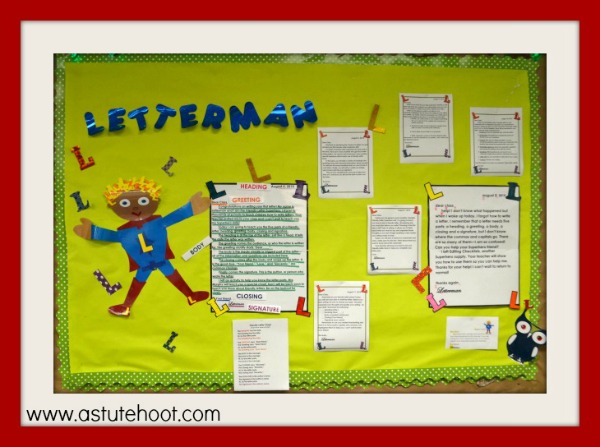
I pick a mail carrier to deliver the mail using authentic United States Postal Service materials. Students love wearing the mail carrier shirt, hat and mailbag as they walk around to classmates’ desks, delivering the much-anticipated letters. Students read and share their letters with each other.
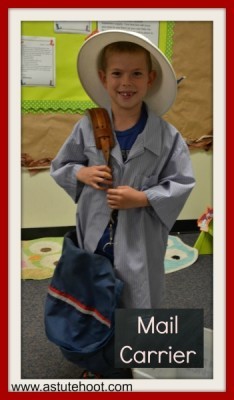
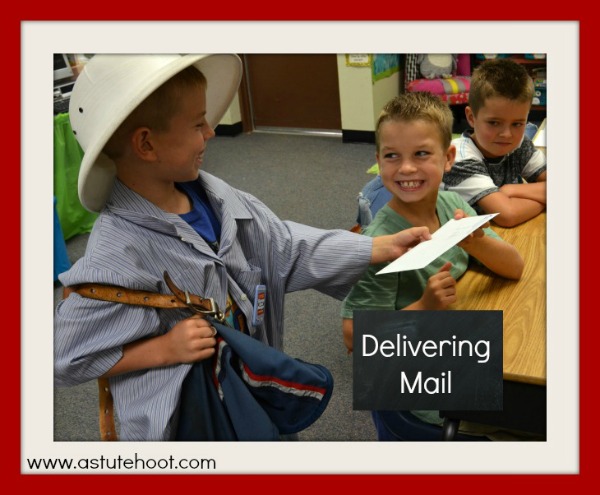
As a post-assessment, students write a friendly letter to me to demonstrate their new friendly letter superhero skills. I copy all of the letters, including the pre- and-post-assessments and make a Line of Letters for all students. I fold 12×18′ construction paper in half like a book. On the back, I staple the pre- and post-assessments next to each other and glue the accompanying rubric underneath the letters. On the inside of the construction paper, I staple the student’s letter to classmate with classmate’s response and rubric underneath. These are perfect to share at parent-teacher conferences or to send home with report cards.
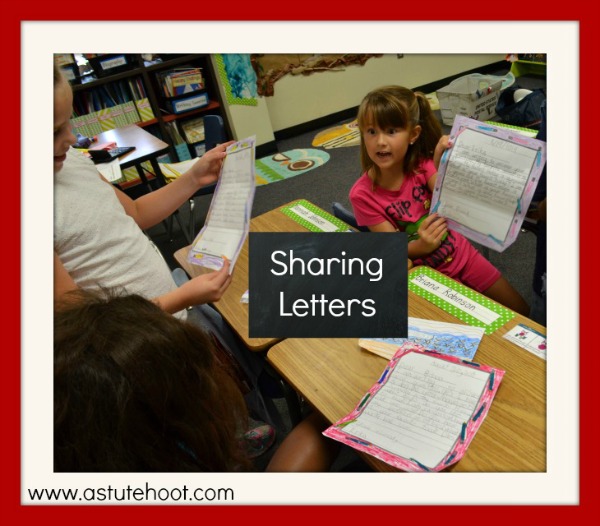
Letterman comes to visit the class throughout the year to keep students’ friendly letter superhero skills sharp.
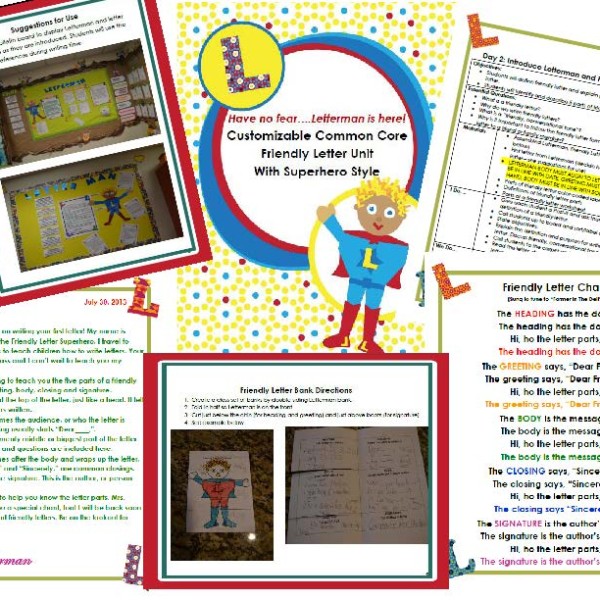
Click here to bring Letterman to life in your classroom, too!


